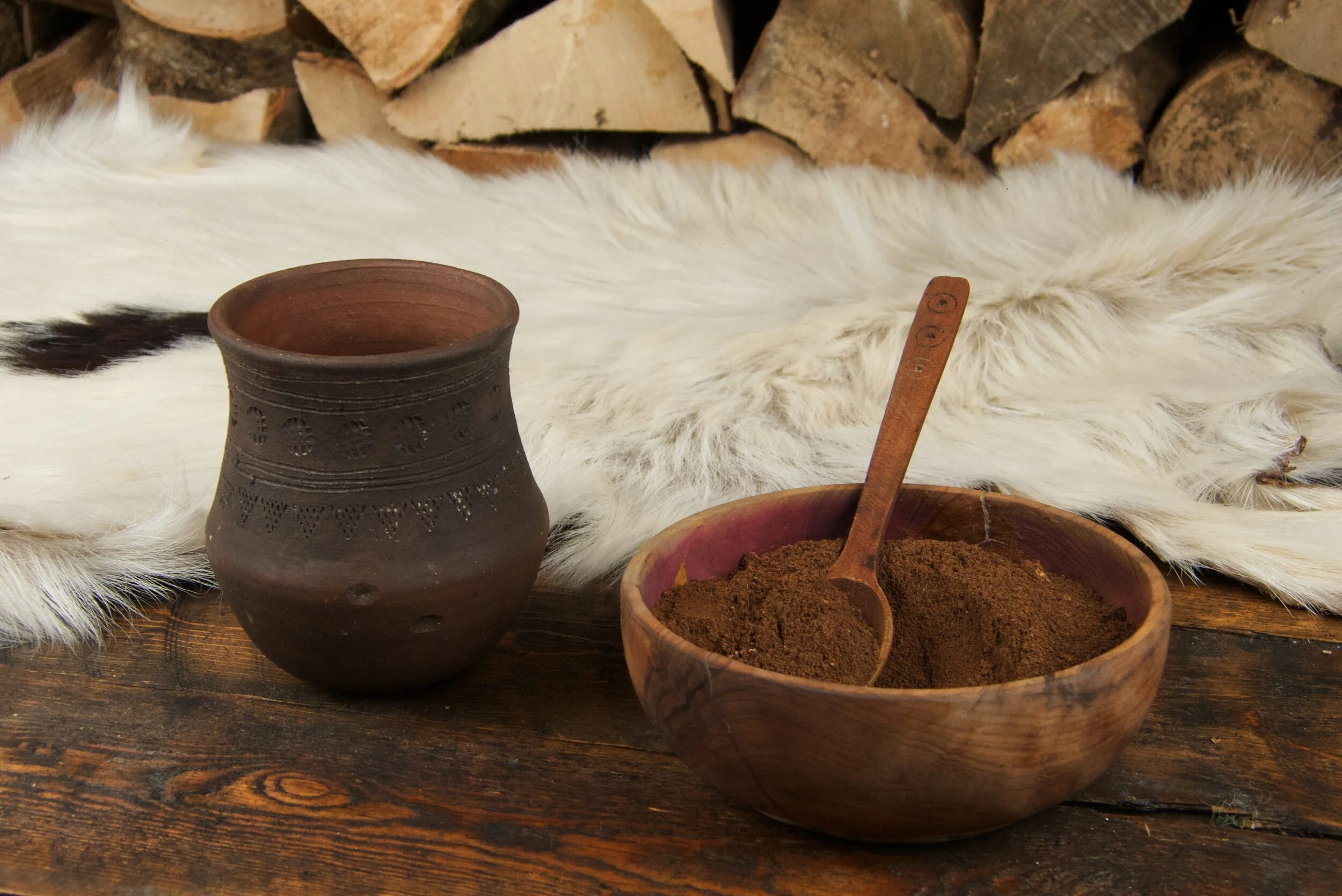Odin, Loki and Hoenir had been travelling for some weeks. The area of mountains they were in was particularly scarce of anything to eat, so the gods were hungry.
One afternoon they happened upon a herd of Oxen.
‘Ah. Finally’ said Odin ‘I didn’t think we could go much farther without food’
So they got to work slaughtering the animal. Odin made quick work of it, and by the time he was done Loki had lit a fire.
Several hours later the meat still had not cooked. The Gods were confused.
They noticed a large eagle perched in a nearby tree staring intently at them.
‘It is I, who prevents your meat from cooking. Let me have my fill and I will release the spell that prevents its cooking’
Hoenir was angry ‘who are you, that thinks you can mess with us in this manor? Very well, as you leave us no choice, take what you must’
The eagle flew down and pulled off all the finest cuts of meat.
At this Loki flew into a rage, picked up a large branch and swung at the bird. But the eagle was so enormous it caught the branch in its talons and dragged Loki up into the sky. What Loki hadn’t realised is the bird was none other than the giant Thjazi.
By the time they were up in the clouds Loki was really not happy, he begged and pleaded with the eagle to take him back down.
‘Very well’ said Thjazi ‘but on one condition’.
‘anything’ cried Loki ‘just please put me down.’
‘OK’ said the eagle ‘Bring me Idun, and her magical fruits that keep the Gods looking so youthful.’
After some time, the Gods completed their journey back to Asgard and Loki paid a visit to Idun.
‘Idun, I have news’ called Loki ‘Beyond the walls of Asgard we found trees covered in the most wonderful fruits. You should come at once to see them, I think they may be even better than yours. It’s probably best that you bring yours along, so that we can compare them.’
And so Idun followed Loki to the woods where she was snatched up by Thjazi, the giant and flown to Thrymheim, the icy mountain region he called home.
It didn’t take long for the Gods to notice that Idun was missing. Their hair was quickly greying and their skin was becoming wrinkled.
The last person that anyone saw with Idun was Loki and it didn’t take many threats for him to come clean about where she was.
‘Trickster! You will return Idun to us safely, by nightfall’ shouted Odin ‘if you fail in this task, you will leave me no choice but to sentence you to death’.
Loki borrowed Freya’s hawk feathers and flew to Thrymheim. It happened that Thjazi was out fishing when he arrived, so he turned Idun into a nut, picked her up in his talons and flew her home.
When Thjazi returned home and noticed Idun was missing, he flew after Loki in his eagle form. Just as Loki was almost back to Asgard he turned around and spotted Thjazi right behind him.
But the other gods had noticed too. They had built a huge pile of wood around their home and, as Loki flew over it, the Gods set fire to it. Thjazi had no time to notice and flew straight into the flames and was engulfed immediately.
Idun was home safe and that was the end of the giant Thjazi.






